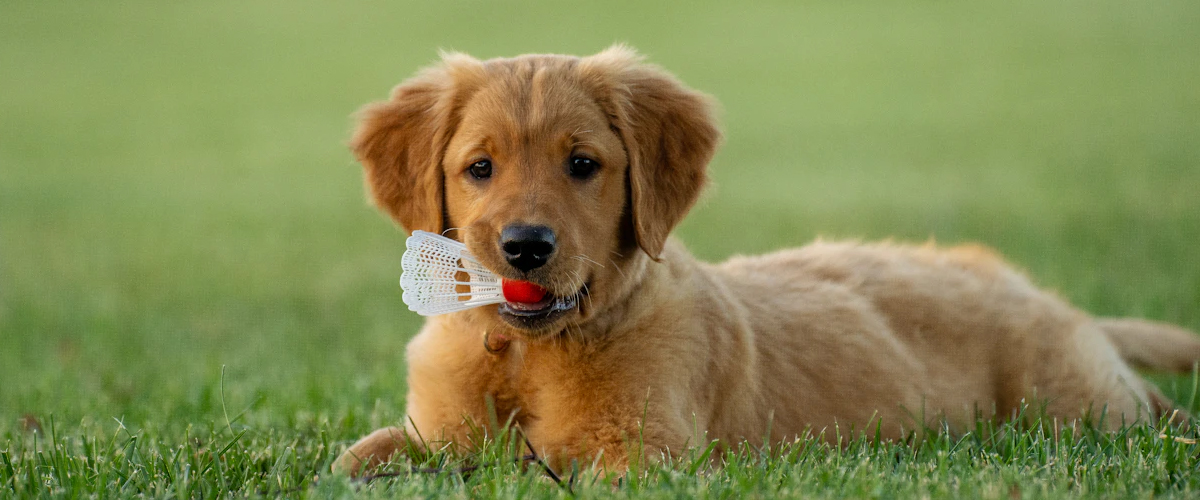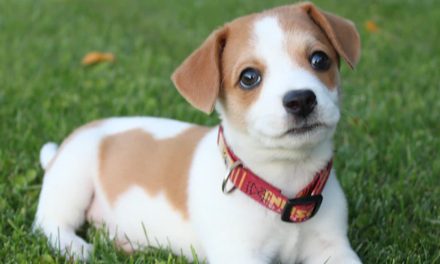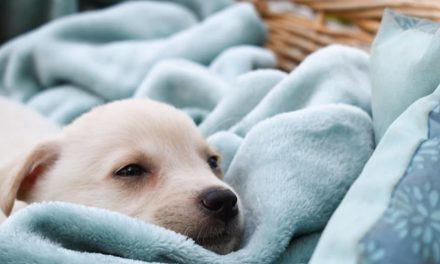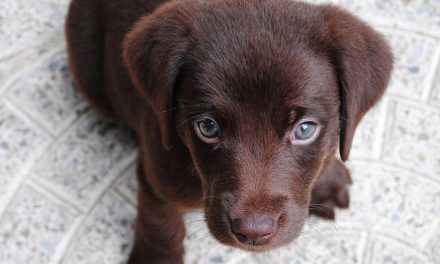The exhilarating moment you decide to welcome a cute, cuddly four-legged friend into your life is one incomparable to any other. A puppy is not simply a pet; it’s joining your family, bringing joy, and boundless love. But before this little bundle of energy arrives at your doorstep, there are certain preparatory steps that can make the transition smooth for both you and your new pet. Think of it as creating a welcoming space that nourishes your puppy’s physical health, mental well-being, and overall training to become a well-mannered dog.
BUILDING A FRAMEWORK FOR SOCIALISATION
Socialising your new puppy is crucial for their development. This means more than just getting them acquainted with people; it involves a broad spectrum of experiences to minimize the chances of fear, anxiety, and unwanted behaviors. Begin by:
- Exposing them to different environments, from the bustling city streets to the calm of the countryside.
- Meeting various people with diverse characteristics, such as different genders, ages, and appearances.
- Allowing interactions with other canines, under controlled and safe conditions.
- Fostering a positive association with inanimate objects that could potentially cause fright later on.
PUPPY PREPARATIONS
Introducing your puppy to the basics is your first step to a successful and joyful companionship. Stock up on positive training aids like toys that stimulate their natural instincts, treats that encourage good behavior, and games that make learning an adventure.
- Toys: Invest in a range of toys that can entertain, comfort, and provide mental stimulation. Chew toys for teething, puzzle toys for inquisitive minds, and soft toys for security are a must-have.
- Treats: Use high-quality, tasty treats to motivate your puppy during training sessions. Treats should be used as a tool to reinforce good behavior, not as a bribe or given excessively.
- Games: Brain-stimulating games like hide-and-seek with treats, tug-of-war with a rope, or fetch with a ball are great for bonding and training.
TRAINING FOR A POLITE POOCH
Your puppy’s first few interactions with people can shape their future behavior, particularly when it comes to greetings. Avoid issues of jumping up on people or being overly assertive by instilling these values early:
- Greeting Etiquette: Teach your puppy to greet others with a calm demeanor. A rule of thumb is that no attention is given until all four paws are on the ground.
- Non-Aggressive Behavior: Discourage any form of aggressive or overly assertive behavior, especially when it comes to protecting their food or possessions.
CULTIVATING A POSITIVE POTTY HABIT
Potty training is a significant part of welcoming a new puppy. Establishing a routine and positive reinforcement is the way to go:
- Consistency is Key: Take your puppy out to the same spot at regular intervals, such as after waking up, after meals, and before sleeping.
- Positive Reinforcement: Lavish your puppy with praise and treats every time they do their business outside. This approach helps them associate the designated potty spot with good things.
NUTRITIONAL AND HEALTH
Your puppy’s health is paramount, and a nutritious diet plays a pivotal role. Prior to bringing them home, ensure you have discussed their food options with the breeder or adoption center:
- Sign up for a Puppy Health Plan: It’s important to register your pup with a vet as soon as possible. Discuss vaccinations, de-worming, and a schedule for preventative care.
- Choose the Right Food: Puppy food comes in many varieties tailored to different breeds and sizes. Ensure you choose one that supports their growth and development.
- Feeding Etiquette: Establish a routine for feeding times and areas of the house to further regulate their systems.
THE ART OF PUPPY PROOFING
Puppies are curious and often like to explore with their mouths. To protect your belongings and, more importantly, your puppy, it’s time for some puppy-proofing:
- Hide Electrical Cords and Small Objects: Out of sight, out of mouth’s reach. Ensure all cords are secured and, if possible, hidden, and small objects are kept in cabinets or drawers they cannot access.
- Secure Trash Cans: Trash can be full of hazardous and sometimes deadly items to a puppy. Be sure your trash can has a secure lid.
- Consider Baby Gates and Playpens: Use these to confine your puppy to safe areas of the house and prevent access to others.
INVEST IN TRAINING AND BEHAVORIAL SCHOOL
Early investment in a reputable puppy training school can be beneficial for both you and your pup. Professional trainers can help guide you through the basics in a safe and supportive environment, offering valuable insights and techniques for:
- Obedience: From understanding commands to executing them effectively, training school can be instrumental.
- Socialisation: Training schools are also excellent places for your puppy to meet others in a structured setting.
THE PSYCHOLOGY OF A PUPPY’S BARK
Understanding why puppies bark can help manage barking behavior. They could be barking out of fear, boredom, or simply as a call for play:
- Engage in Barking Activities: If your puppy barks due to boredom, up the playtime and engage in more stimulating activities.
- Problem Solving Barking If your puppy barks at stimuli out of fear or anxiety, gradually expose them to the stimulus in a controlled and positive manner.
CONCLUSION
Preparing for a puppy is a blend of practical readiness and emotional anticipation. It’s an exciting time that paves the way for a lifetime of unconditional love, boundless joy, and perhaps a few chewed-up shoes along the way. Yet, with the right approach, thoughtful consideration of your puppy’s needs, and a dash of patience, you’re sure to enjoy a flourishing bond with your new best friend. Remember, puppyhood is fleeting, so take the time to prepare adequately and savor every moment with your little buddy.










